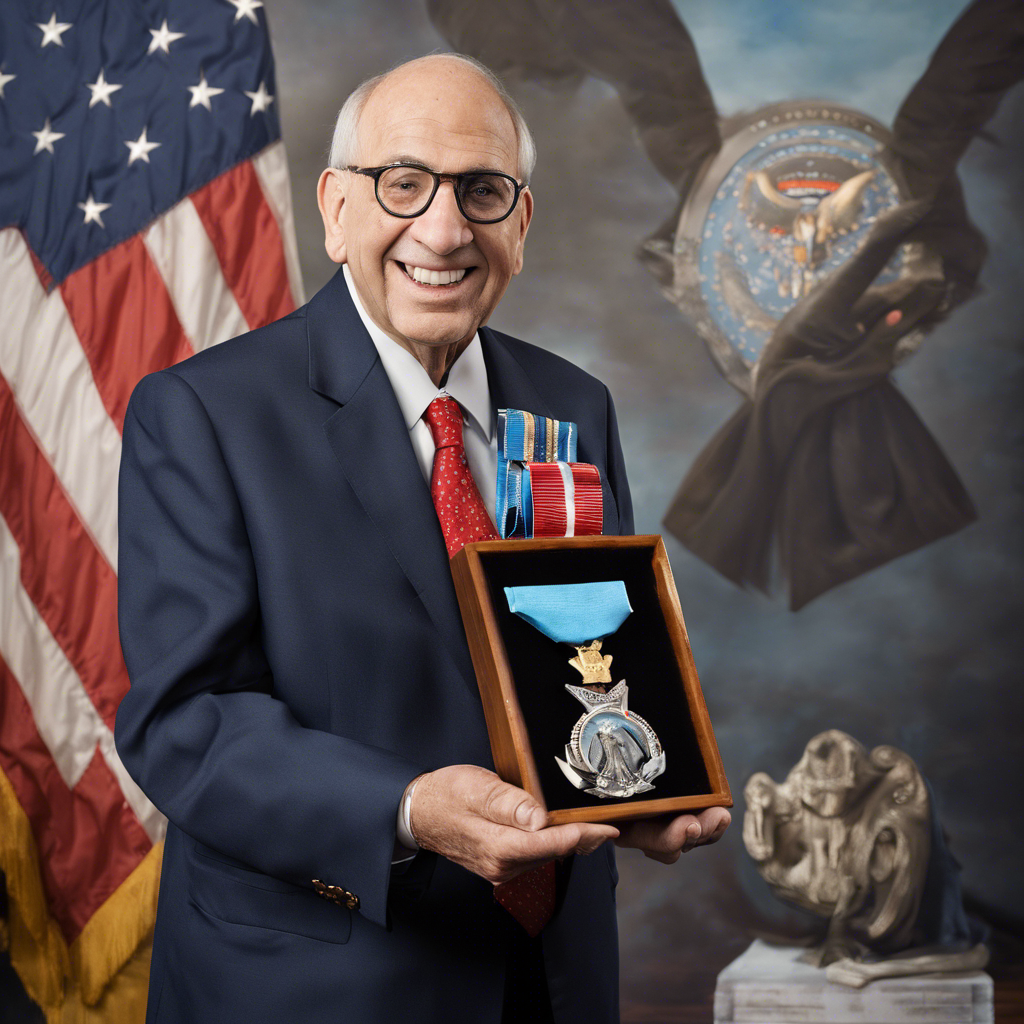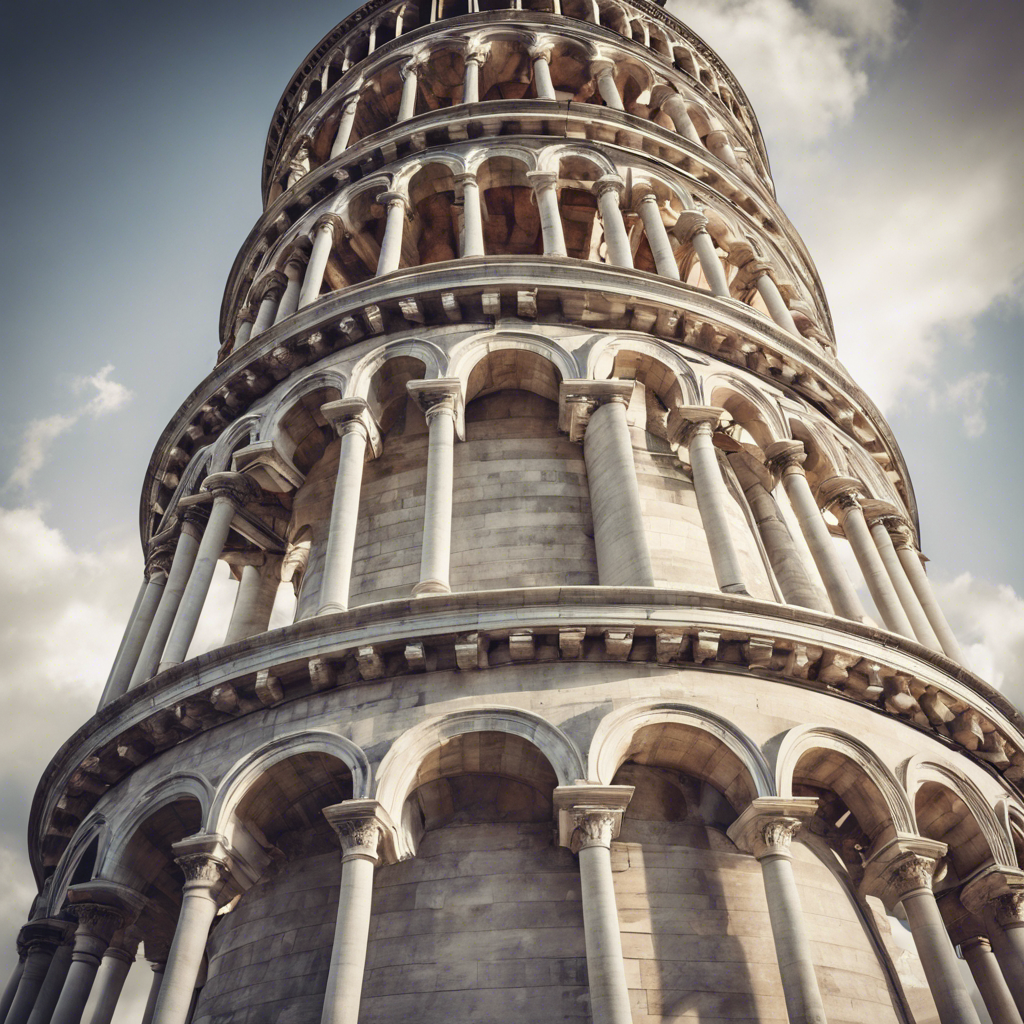Exploring the Oldest Surviving Texts on Science and Inventions
From the towering structures that define our skylines to the intricate machines that power our daily lives, the achievements of modern engineering are a testament to human ingenuity. However, the roots of this knowledge can be traced back thousands of years, to ancient civilizations that laid the groundwork for our modern understanding of science and technology. Through the preservation of ancient texts, we can uncover the wisdom of early engineers and glimpse into the fascinating world of their inventions. In this article, we delve into the oldest surviving books on engineering and technology, shedding light on the remarkable contributions of civilizations such as Ancient China, Greece and Rome, the Islamic Golden Age, and the Renaissance.
Ancient Chinese Wisdom: The Kao Gong Ji
The Kao Gong Ji, compiled between the 5th and 3rd centuries BC, stands as a testament to the rich engineering heritage of Ancient China. Translated as “Artificers’ Record,” this ancient Chinese text is considered the world’s oldest science and technology encyclopedia. Part of a larger text called The Rites of Zhou, the Kao Gong Ji encompasses a wide range of topics, including architecture, agriculture, metallurgy, and military technology. Its comprehensive nature provides valuable insights into the engineering practices of the time, offering a glimpse into the innovative spirit that drove ancient Chinese civilization.
Ancient Greece and Rome: The Works of Hero and Vitruvius
The ancient Greeks and Romans also left behind enduring texts that shed light on their engineering and technological prowess. One such text is “Pneumatica,” written by Hero of Alexandria in the 1st century AD. This remarkable work explores the principles of pneumatics and hydraulics, showcasing Hero’s understanding of air pressure and the mechanics of water. Hero’s inventions, including a steam-powered device known as the aeolipile, highlight the advanced level of engineering knowledge in ancient Greece.
Another influential text from this era is “De Architectura” by Vitruvius, a Roman architect and engineer. Written during the 1st century BC, this treatise covers a wide range of topics, including urban planning, building materials, and the principles of architecture. Vitruvius’s work not only provides a glimpse into the technical aspects of ancient Roman engineering but also emphasizes the importance of aesthetics and the integration of beauty with functionality.
The Islamic Golden Age: Al-Jazari and Alhazen
During the Islamic Golden Age, from the 8th to the 14th centuries, remarkable advancements were made in the fields of science and technology. Two prominent figures from this era, Al-Jazari and Alhazen, left behind influential texts that continue to inspire engineers to this day.
Al-Jazari, an engineer and polymath, authored “The Book of Knowledge of Ingenious Mechanical Devices” in the 13th century. This comprehensive work showcases Al-Jazari’s ingenious inventions, including automated machines, water clocks, and hydraulic systems. His meticulous descriptions and intricate illustrations provide invaluable insights into the engineering marvels of the Islamic Golden Age.
Alhazen, often hailed as the “Father of Optics,” contributed significantly to the fields of physics and engineering with his seminal work, “Kitab al-Manazir” or “Book of Optics.” Written in the 11th century, this groundbreaking treatise explores the properties of light, the anatomy of the eye, and the principles of vision. Alhazen’s meticulous observations and experiments laid the foundation for modern optics and influenced subsequent advancements in engineering and technology.
The Renaissance: Leonardo da Vinci’s Codex
The Renaissance period witnessed a resurgence of interest in science and engineering, with Leonardo da Vinci emerging as a prominent figure in both fields. Leonardo’s Codex, a collection of his notebooks, offers a fascinating glimpse into his genius and his wide-ranging interests. Within its pages, Leonardo explores various engineering and technological concepts, including flying machines, hydraulic systems, and military inventions. His meticulous drawings and detailed annotations showcase his visionary ideas and his unwavering curiosity about the world around him.
Conclusion:
The ancient books on engineering and technology serve as a testament to the enduring nature of human curiosity and ingenuity. From the Kao Gong Ji in Ancient China to the works of Hero and Vitruvius in Greece and Rome, from the contributions of Al-Jazari and Alhazen during the Islamic Golden Age to Leonardo da Vinci’s Codex during the Renaissance, these texts offer a window into the minds of early engineers and inventors. They remind us that the foundations of modern knowledge were laid centuries ago, and that the pursuit of innovation is a timeless endeavor. As we continue to build upon the achievements of our predecessors, let us draw inspiration from these ancient texts and strive to push the boundaries of engineering and technology even further.











